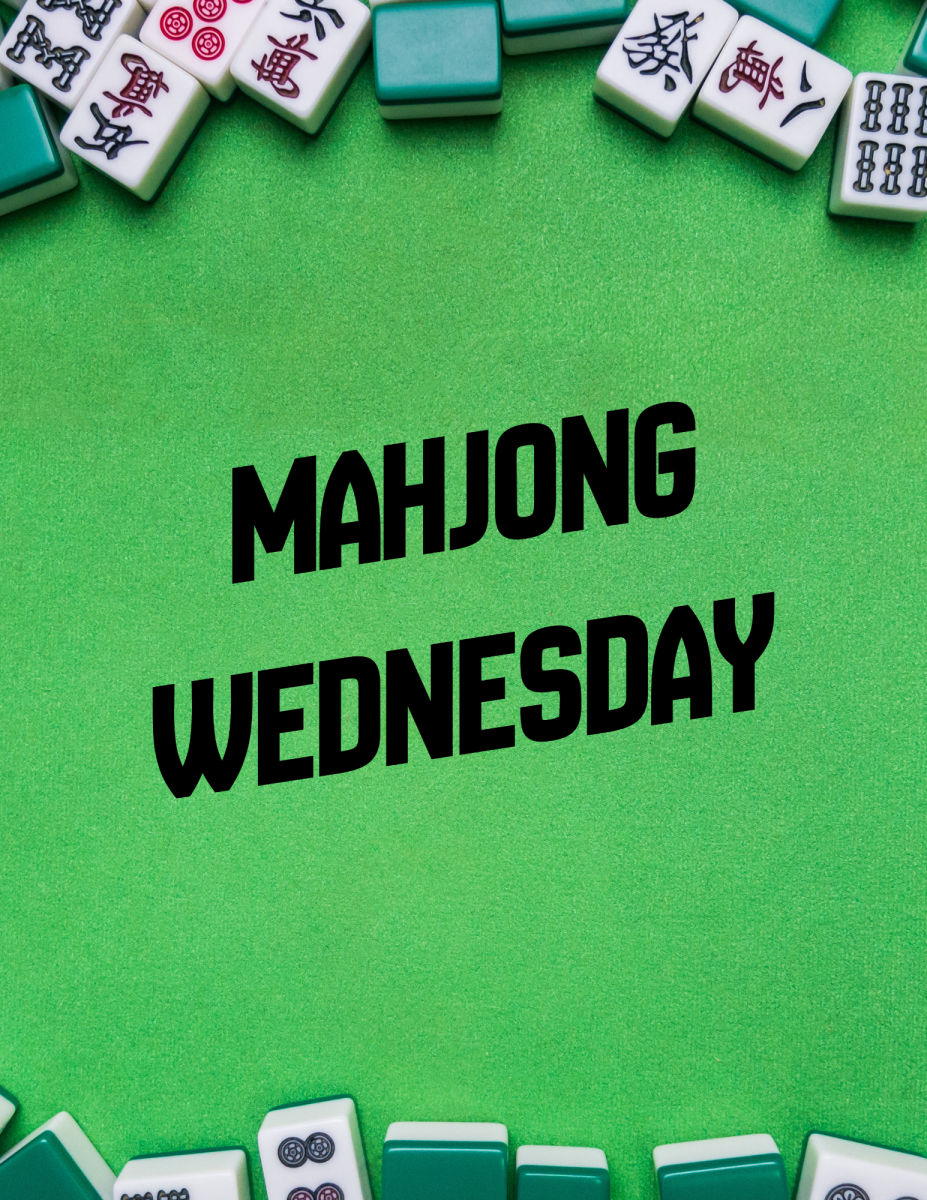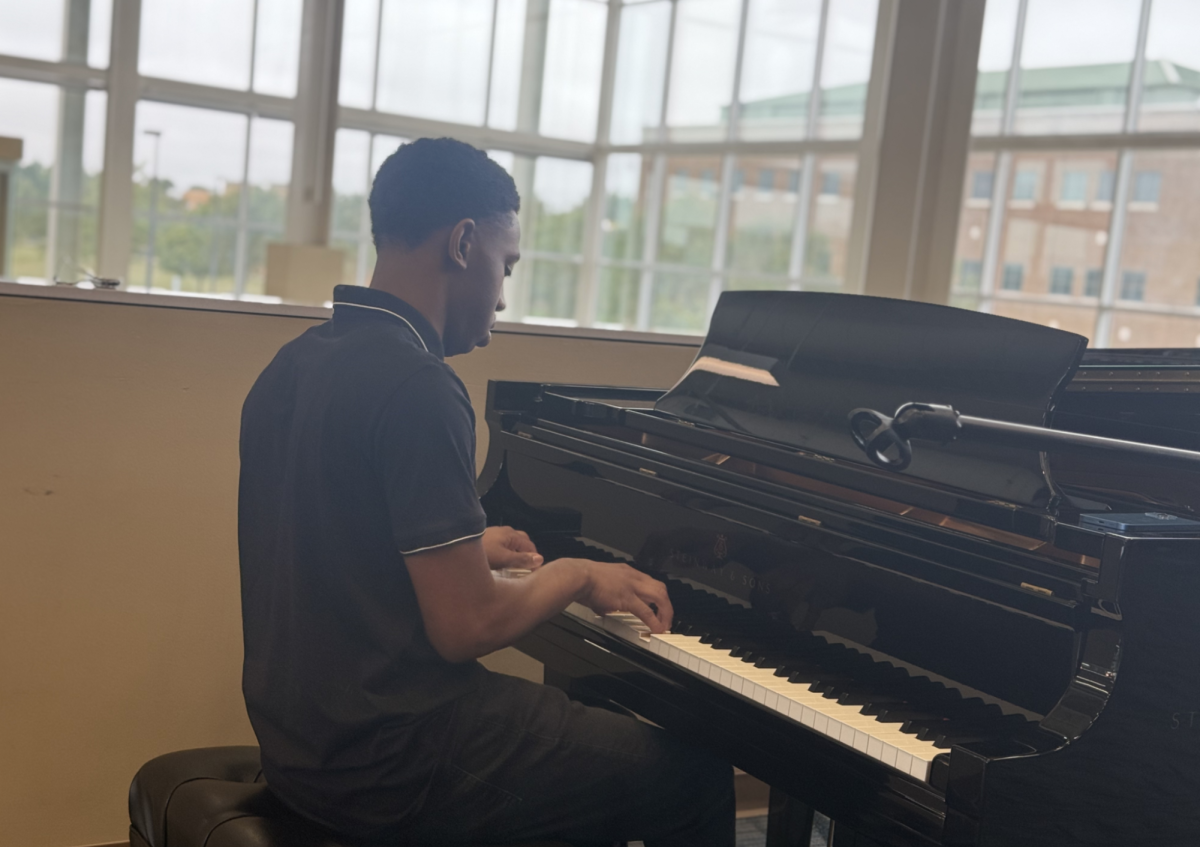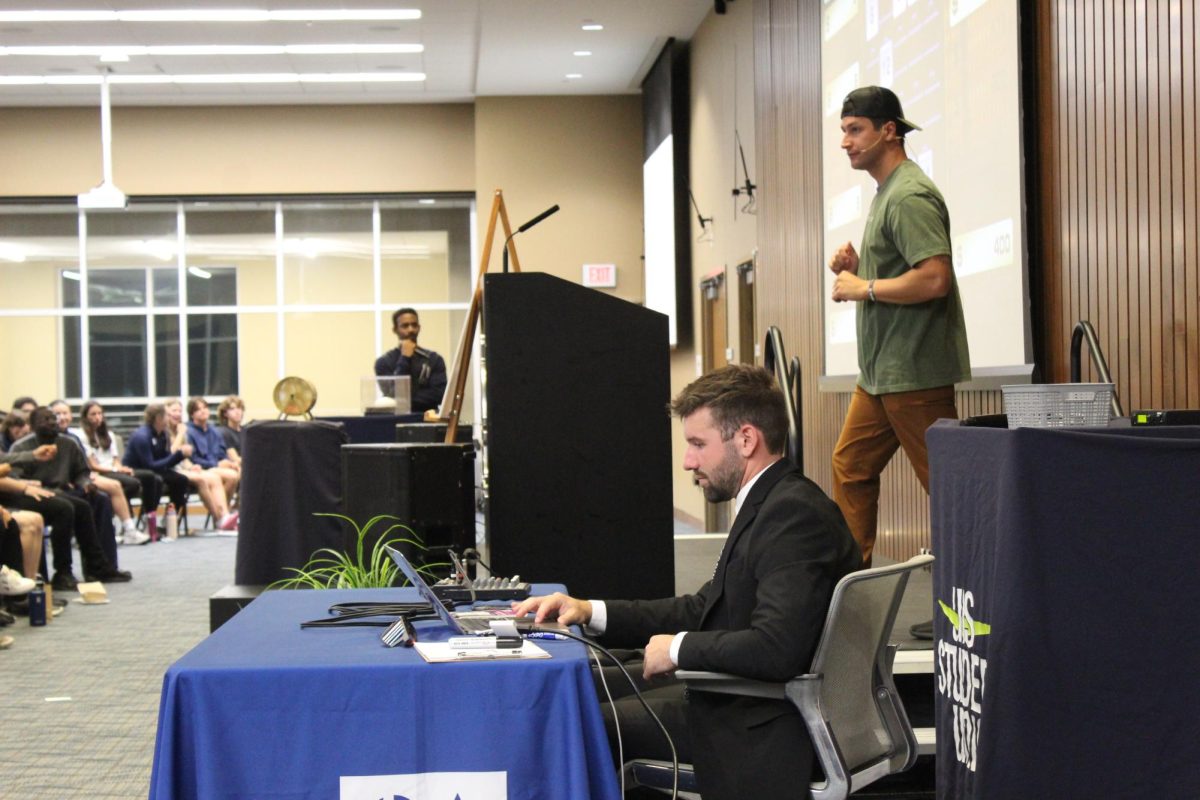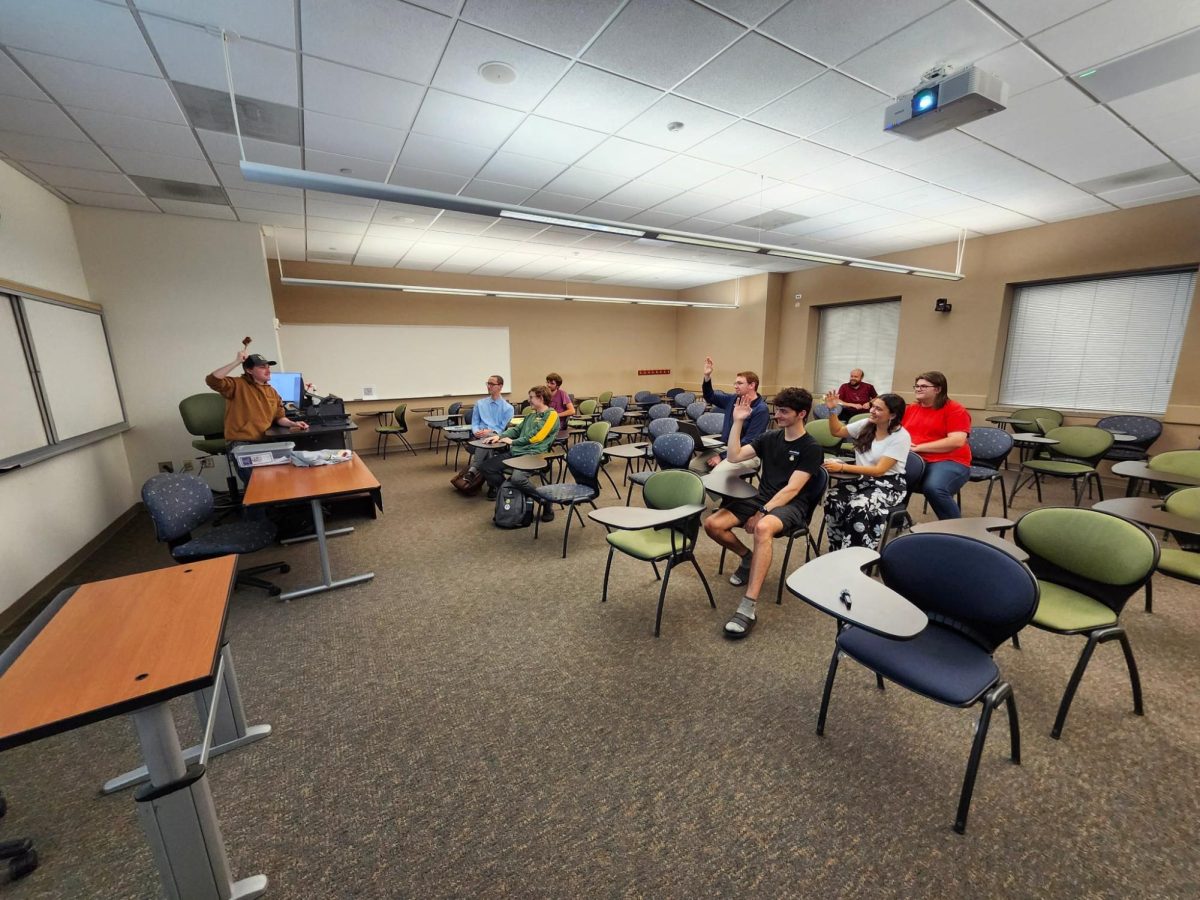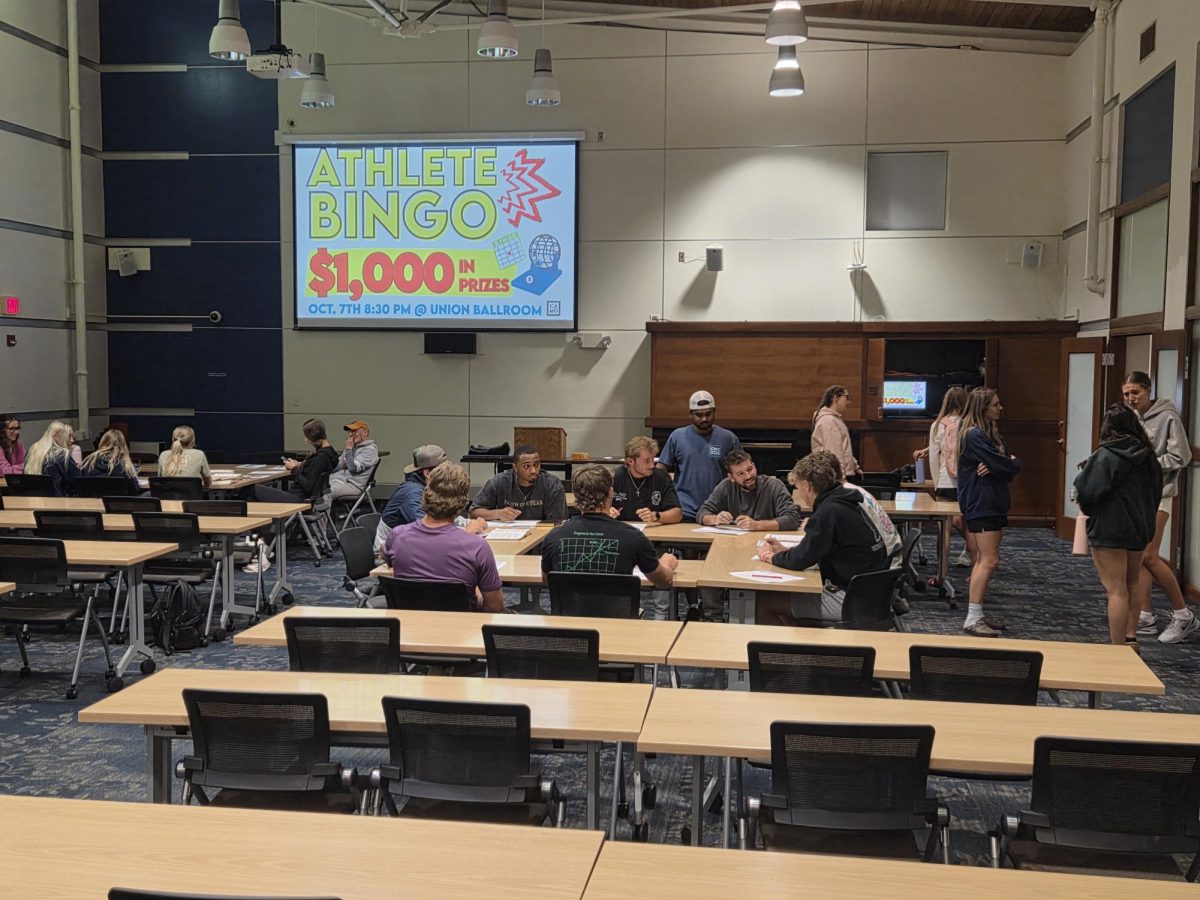The teen comedies Harold and Kumar go to White Castle and Sixteen Candles were up for debate during ECCE Speaker Series event titled Asian Americans Are (Not) Funny?: Comedy and Racialization.
Caroline Kyungah Hong an Assistant Professor of English at Queens College CUNY, says that images of Long Duk Dong swinging over Samantha Baker’s bed and other stereotypes haunted her growing up in the 80s.
Hong engaged the audience, “According to American popular culture Asian Americans are not funny, that is unless we’re being made fun of.”
In graduate school, Hong wanted to find out more about Asian stereotypes in comedy since they are seen as one-dimensional.
“Until very recently, Asian performers have been mostly absent from entertainment. From popular fiction to Hollywood movies to network TV; even comedy central, the network devoted to comedy, rarely features Asian Americans in its programming,” Hong said.
With the 2002 film, Better Luck Tomorrow and rise of comedian Margret Cho, Hong started to see a positive break through with the way Asians were portrayed in the media. Hong laughed to the audience that there are still some Asians that want to stick with the bad Asian experience.
Better Luck Tomorrow features a group of California teenagers, who fit into the stereotype of the model minority, but lead secret lives at night. “I felt like I could relate to that, you can infer whatever you want. For me, the film was a thrilling and self affirming experience,” Hong said.
UIS students agree with Hong’s research, because they are often not aware of what is offensive.
“It (the talk) was kind of eye opening, one of my best friends is half Japanese, and I think about some of the comments I made to him when we were in high school. I wanted to do a face palm, because it wasn’t meant maliciously, but it did further stereotypes,” Kim Brown a junior English major said.
Jaime Cruz, an English major, thinks more people need to be better educated on the portrayal of stereotypes in media, “In today’s society you just have to be careful with what you say.”
Hong’s study of Asians in entertainment has a unique way of tying pop culture and serious issues together. Hong is working on a book entitled “Funny Asians” which wrestles with the love-hate relationship she has with Asian American Comedy.
Part of the issue with Hollywood is that filmmakers have a hard time transferring the “model” minority into sophisticated comedic roles. Hong argues that the directors of Harold and Kumar, Jon Hurwitz and Hayden Schlossberg, recognized the unreal portrayal of Asians in the media. When creating the movie, they decided to attack those stereotypes.
Kumar challenges the notion of becoming a doctor because of his Indian Heritage, and the American dream of reaching “White” Castle is seen as cheap and superficial.
In the film, the female characters do not have a voice. Hong says that many successful Asian Americans in media have only been heterosexual, male characters.
A generation gap may be indicating that the younger people don’t see “color” or “sex” in comedy. Hong points to Alexandra Wallace’s racist remarks about “Asians in the Library” and Jimmy Wong’s smart, comedic response, in which, he made a song that educated Wallace on the dangers of stereotypes. Social media will have an impact on the future of the way Asians are seen in media. Hong says that Ryan Higa and Kev Jumba have millions of YouTube subscribers and will change the way Asians are portrayed in the future.



